Gamification in the workplace is a hot topic, and an increasingly popular strategy to drive employee motivation, engagement and performance – ultimately boosting the customer experience. But what does it mean to gamify the workplace? What are the benefits and the best practices for implementation? We’ll cover all of that in this article.
Understanding Gamification in the Workplace
Gamification in the workplace is the application of game mechanics and elements in a work setting to boost employee engagement, motivation, and productivity. It often involves challenges, rewards, and competition, making everyday tasks more enjoyable and motivating.
Benefits of Gamification in the Workplace
Integrating gamification in the workplace can create a dynamic and enjoyable work environment that significantly enhances the employee experience. By introducing elements such as rewards, leaderboards, employee collaboration, and progress tracking, gamification fosters a sense of achievement and healthy competition among teams. This not only boosts morale but also encourages productivity and collaboration.
Gamification in the workplace is a great way to foster development of professional skills, as employees are motivated to achieve specific goals and objectives. Additionally, incorporating gamified microlearning helps fight the forgetting curve, reinforcing training while employees earn points and glory. Workplace gamification’s inherent interactive aspect also helps in breaking the monotony of daily routines, making the workday much more stimulating and engaging.
Companies that adopt gamification strategies see many benefits, including improved employee satisfaction and retention rates. This helps drive a great customer experience and contributing overall organizational success.
Planning Your Gamification in the Workplace Strategies
Planning your gamification in the workplace strategies requires a thoughtful approach. Below are a few best practices:
- Identify clear objectives that align with your company’s goals, such as increasing productivity, enhancing skill development, or boosting team collaboration.
- From there, select game elements that will engage your employees. This can include point systems, leaderboards, or badges for achieving specific milestones. Also, consider incorporating regular feedback mechanisms to keep the games relevant and motivating.
- Change management and communication are key. As you approach the launch date, so make sure to clearly explain how the gamification system works, its benefits, and what it means to your employees.
- Finally, stay agile. Regularly review and adjust your strategies based on employee feedback and performance data to keep the gamification experience fresh, challenging, and aligned with your evolving business objectives.

Tips for Implementing Workplace Gamification
Start Small and Simple: Begin with straightforward gamification elements that are easy to understand and participate in. This helps in gradually introducing the concept to your team, and forming habits.
Align with Business Goals: Ensure that the gamification strategy is directly linked to your business objectives, whether it’s improving sales, customer service, or team collaboration.
Know Your Audience: Tailor the game mechanics to suit your employees’ interests and motivations. Different teams might respond better to different types of gamification.
Incorporate Meaningful Rewards: Offer rewards that are valued by your employees, which could range from recognition and badges to tangible incentives.
Encourage Healthy Competition: Create an environment where competition is fun and positive, avoiding any negative impacts on team dynamics.
Ensure Fairness and Transparency: All employees should have an equal opportunity to participate and succeed in the gamified tasks.
Use Real-Time Feedback: Incorporate mechanisms for immediate feedback, which helps in keeping employees engaged and informed about their progress.
Iterate and Evolve: Regularly assess the effectiveness of your gamification strategies and be open to making changes based on employee feedback and evolving business needs.
Integrate with Work Processes: Gamification elements should seamlessly integrate with daily work processes, enhancing rather than hindering productivity.
Workplace Gamification Examples
Gamification in the workplace can take various forms, each designed to boost engagement and productivity. For instance, a sales team might use a leaderboard to track performance, fostering healthy competition and recognizing top performers. Another example is a point system for customer service representatives, where points are awarded for resolving customer issues, leading to rewards or recognition.
In training scenarios, gamification can involve earning badges or certificates for completing educational modules, making the learning process more engaging and rewarding. Companies might also use virtual challenges or quests for team building, where completing collaborative tasks earns collective rewards. Some workplaces introduce fitness challenges using apps that track steps or physical activity, promoting health and wellness among employees. These examples illustrate how gamification can transform various aspects of work into more enjoyable and motivating experiences.
Meet Centrical, Your Workplace Gamification Partner
For over a decade, Centrical has helped leading organizations across industries and the globe build motivated, engaged, and high-performing frontline teams. We enable effective workplace gamification by leveraging advanced gamification, and tying it to every aspect of the employee experience – including performance management, QM processes, coaching, microlearning, and voice of the employee. Learn more by visiting our site and reading some of our case studies.
Summary and Key Takeaways
We’ve just covered some of the basics around gamification in the workplace, its benefits, and how you can get started in gamifying the employee experience at your organization. Below are a few key takeaways:
- Gamification in the workplace leverages game-like mechanics to boost employee engagement and productivity.
- Key benefits include improved morale, collaboration, and skill development, leading to improved performance and retention.
- When planning workplace gamification strategies, be sure to align the elements with business goals, understand employee preferences.
- Go beyond the leaderboard and include engaging and inclusive game elements (such as segmented leaderboards).
- Tips for successful implementation include starting simple, tailoring rewards, fostering healthy competition, maintaining fairness, and integrating gamification with work processes.
- Examples of gamification in the workplace include leaderboards, point systems for customer service, badges, and virtual challenges, and recognition.
- When implemented thoughtfully, a gamified employee experience contributes to better performance, and stimulating, and productive workplace – all of which contribute to an outstanding customer experience.
Ready to get started with workplace gamification? Watch the Centrical platform in action with a quick preview and request your personalized overview today!
Engage and motivate your frontline teams
Improve performance with an AI-powered digital coach
Deliver world class CX with dynamic, actionable quality evaluations
Boost performance with personalized, actionable goals
Nurture employee success with the power of AI
Listen and respond to your frontline, continuously
Drive productivity with performance-driven learning that sticks
Drive agent efficiency, deliver client results
Keep tech teams motivated and proficient on products and services while exceeding targets
Maintain compliance while building customer happiness and loyalty
Enlighten energy teams to boost engagement
Engage, develop, and retain your agents while driving better CX
Improve the employee experience for your reservations and service desk agents

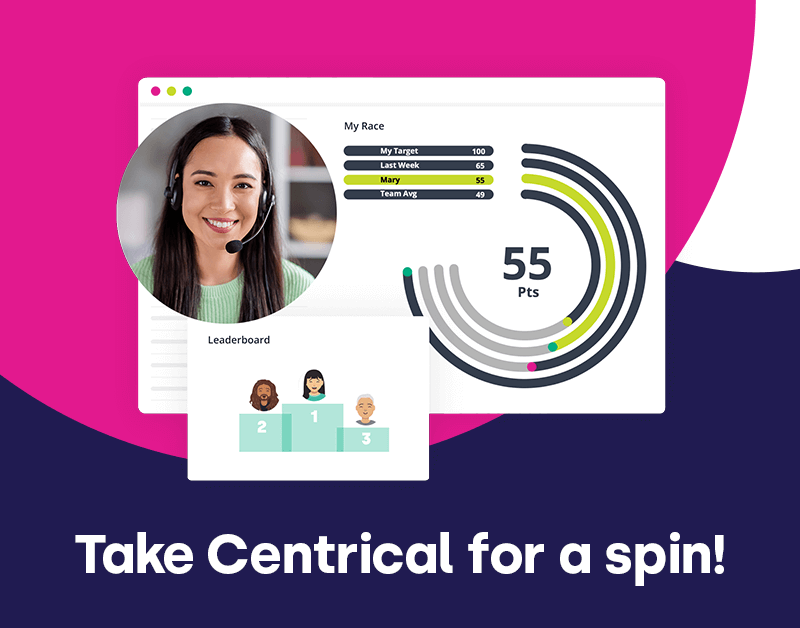
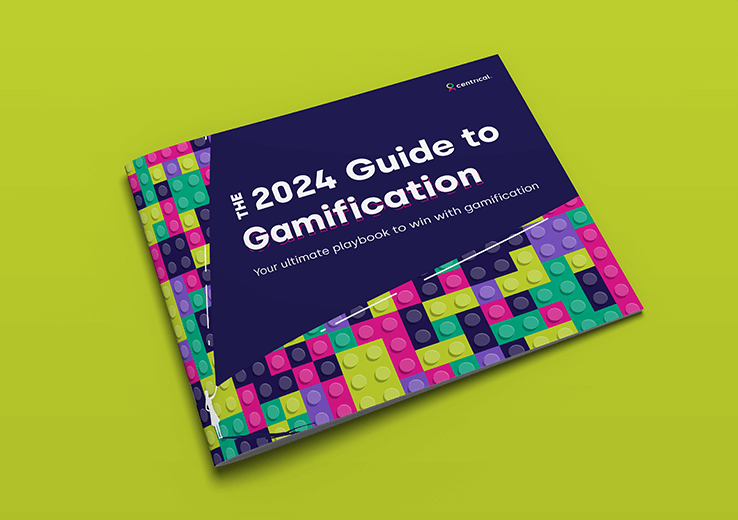

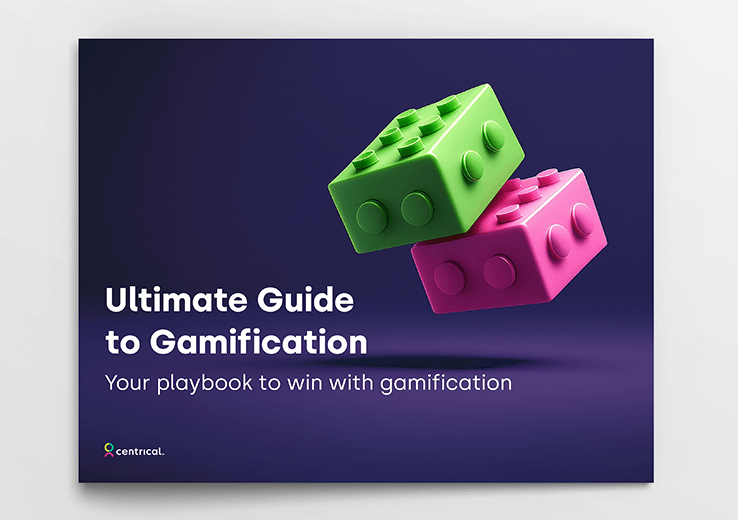
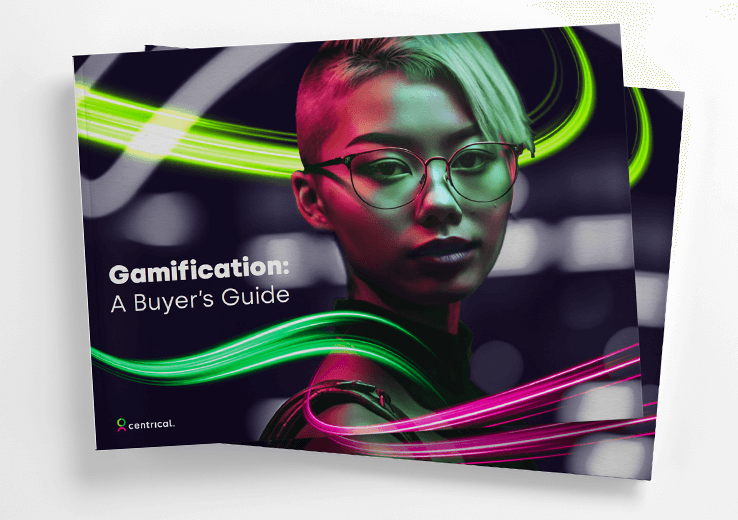
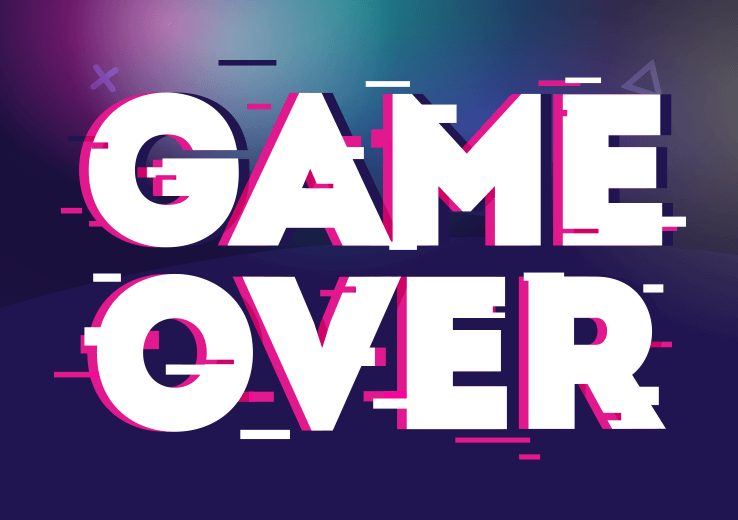

 Madeleine Freind
Madeleine Freind
 Natalie Roth
Natalie Roth Linat Mart
Linat Mart












 Doron Neumann
Doron Neumann Gal Rimon
Gal Rimon Daphne Saragosti
Daphne Saragosti Ella Davidson
Ella Davidson Ariel Herman
Ariel Herman Ronen Botzer
Ronen Botzer